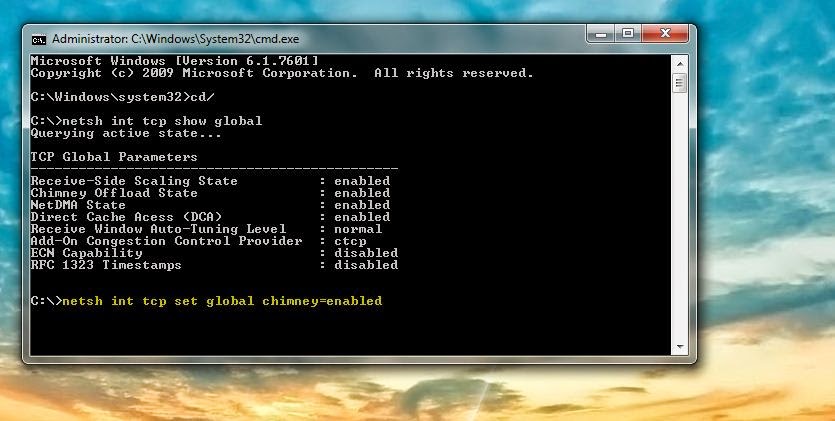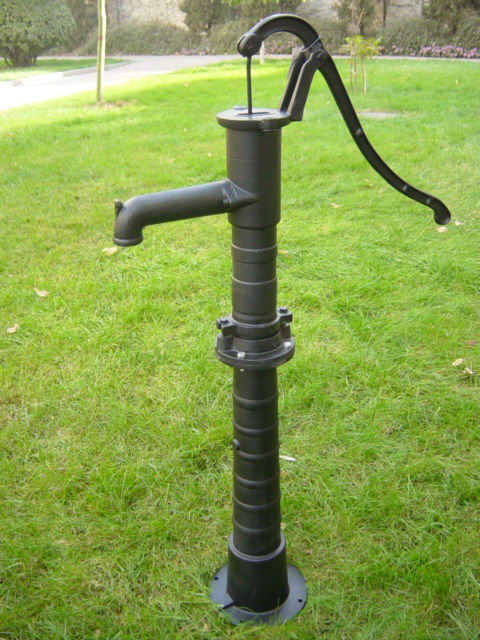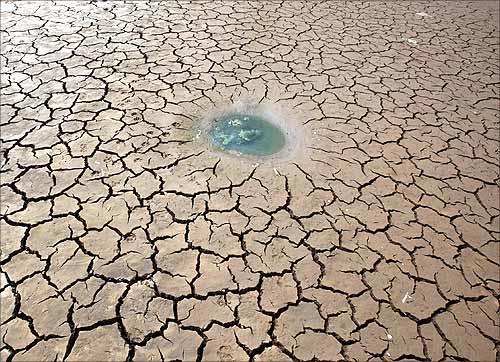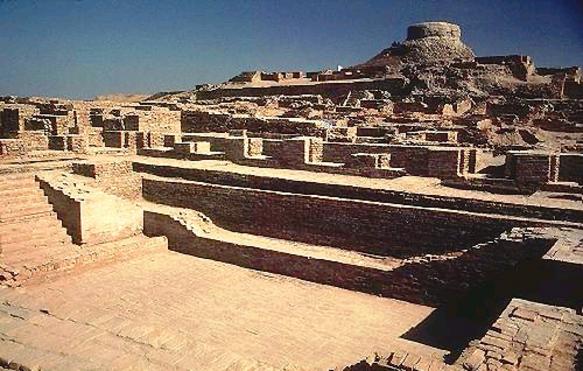The Harappan Civilization is a great culture which came into being about 3000 B.C.The Harappan Civilization rose in a vast geographical area in which there were big cities, small towns and numerous villages which were related to one another
The evidence of this civilization was obtained from archaeological excavations conducted at Harappa and Mohanjo Daro. Excavations were started in 1921 in these places.
Excavations were conducted at these sites under the leadership of the famous archaeologist Sir John Marshall. We get to know about the civilization by studying the tools used by the people, the handicrafts, the remains of buildings etc. Following these early studies evidence has been recovered from nearly 2000 sites as a result of the work of many institutions and scholars.
 |
Sir John Marshall
|
The civilization was named the Harappan Civilization according to the usual practice of archaeology. When an ancient culture is studied, it is usual to name it after its 'type site', that is the place where the evidence of that civilization was obtained first. Harappan Civilization is also known as the Indus Valley Civilization since it was spread over the banks of the Indus and its tributaries
Harappa is a village on the right bank of the river Ravi in the Montgomery district in western Punjab in Pakistan. When the railway line was laid there, the contractor used as ballast bricks found in a nearby heap. The railway engineer who noticed this informed the authorities and the Archaeological Survey of India started excavations there. This was how the Harappan Civilization came to the world's notice.
Evidence of this culture has been received from many places. The most important among them are Harappa,
Mohanjo Daro, Lothal, etc.The city of Harappa is divided into two parts, with citadel on ground raised by filling it with mud and down below, the houses of common people. This pattern of settlement can be seen in other Harappan cities also. On the basis of size and importance of houses, we can understand that there were different classes among the people. A large granary found in Harappa gives evidence of the control of resources exercised by the society.
Mohanjo daro is situated in the Larkana district of Sind. This city on the banks of the Indus river is the biggest city in the Harappan culture. A special feature of this city is the Great Bath. The remains of a wharf found in Lothal in Gujarat give indisputable evidence of the foreign trade conducted by the people of this culture. Starting from Mandu in jammu in the north to the banks of the Narmada in the south and from Surkotda in the Makhran coast to Alamgirpur in Uttarpradesh in the east, the Harappan culture was spread across over an area of more than one lakh square kilometres.
 |
Great Bath
|
Distinct from the other cities of the ancient world, town planning is a unique feature of the Harappan cities.
The other features of these cities were streets cutting at right angles, buildings on both sides of the streets, covered drains, etc. The bricks were of a standard size with defined length, width and thickness. Standardized weights and measures was another feature. Numerous steatite seals give information about this civilization. Pictures and a script are seen on the seals.
Harappan script has not yet been satisfactorily deciphered. Efforts are going on in several parts of the world to read them, with the help of advanced technology.

There were groups of many craftsmen in society apart from agriculturists. They included those working on conch shell and mother-of-pearl, metal workers, potters, brick makers, sculptors and weavers.Apart from agriculture, it was trade that sustained the civilization. Harappan cities had trade relations with places like Egypt, Mesopotamia, China, etc. These conclusions have been arrived at on the basis of Harappan seals and other artefacts recovered from Egypt and Mesopotamian cities.No clear picture is available regarding their political organisation. Different scholars hold different opinions on the subject.
There are many theories about the end of the harappan civilization among historians.
Some of them are:
- Heavy floods and earthquakes.
- Rivers which changed their course and the drying up of the Ghaggar-Hakra river.
- External invasion.
- Changes in the environment.
- Collapse of trade and commerce.









































